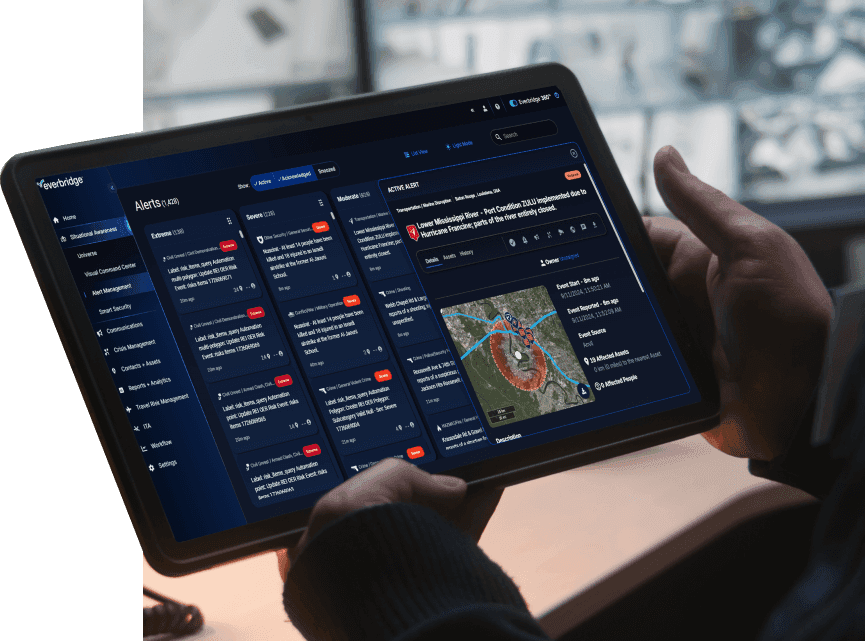Workplace violence is defined as any act or threat of physical violence, harassment, intimidation, or threatening disruptive behavior that occurs at the work site. Types of workplace violence incidents can range anywhere from a theft or a robbery at a convenience store to a full-blown terrorist attack that impacts your organization.
When developing your workplace violence prevention plan, it is critical that you understand exactly what workplace violence entails.
Steven M. Crimando, Principal, Behavioral Science Applications, outlined five types of workplace violence you should be ready for:
Type One – Criminal Intent
Criminal intent workplace violence incidents is when the perpetrator has no relationship with the targeted establishment and the primary motive is theft. This type is generally a robbery, shoplifting, or trespassing incident that turns violent. The biggest targets of criminal intent violence are workers who exchange cash, work late hours, or work alone.
Type Two – Customer/Client
During a customer/client workplace violence incident, the perpetrator is a customer or client of the employer and the violence often occurs in conjunction with the worker’s normal duties. The occupations with the highest risk for customer/client violence are healthcare and social service workers who are five times more likely to be victims than the average private sector employee, according to the Bureau of Labor Statistics.
Type Three – Worker-to-Worker
This type of workplace violence incident is generally perpetrated by a current or former employee. The motivating factor is often interpersonal or work-related conflicts, losses, and traumas. The group highest at risk for this type of workplace violence incident is managers and supervisors. This type of incident includes bullying, along with emotional, verbal, and physical abuse.
Type Four – Domestic Violence
Domestic violence in the workplace oftentimes is perpetrated by someone who is not an employee or a former employee. This type of incident is frequent because the abuser knows exactly where his/her spouse will be during work hours. Women are targeted much more frequently than men, and the risk of violence increases when one party attempts to separate from the other.
Type Five – Ideological Violence
Ideological workplace violence is directed at an organization, its people, and/or property for ideological, religious, or political reasons. The violence is perpetrated by extremists and value-driven groups justified by their beliefs. Many of the recent active shooter and terrorist incidents across the globe fall under this bucket. One of the most impactful forms of workplace violence recently has been active shooter incidents.
Improving safety and preventing workplace violence incidents should be a top priority for all employers. Organizations can decrease the likelihood of workplace violence by implementing preventive measures like training programs to identify, reduce, or avoid violence, safety reporting systems, proactive security measures, routine risk assessments, and emergency notification channels.
Download the Active Shooter Preparedness Report to learn actionable recommendations for improving active shooter preparedness.

